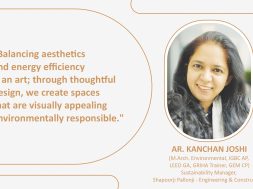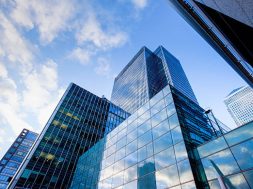The synergy of aesthetics and energy efficiency in sustainable architecture
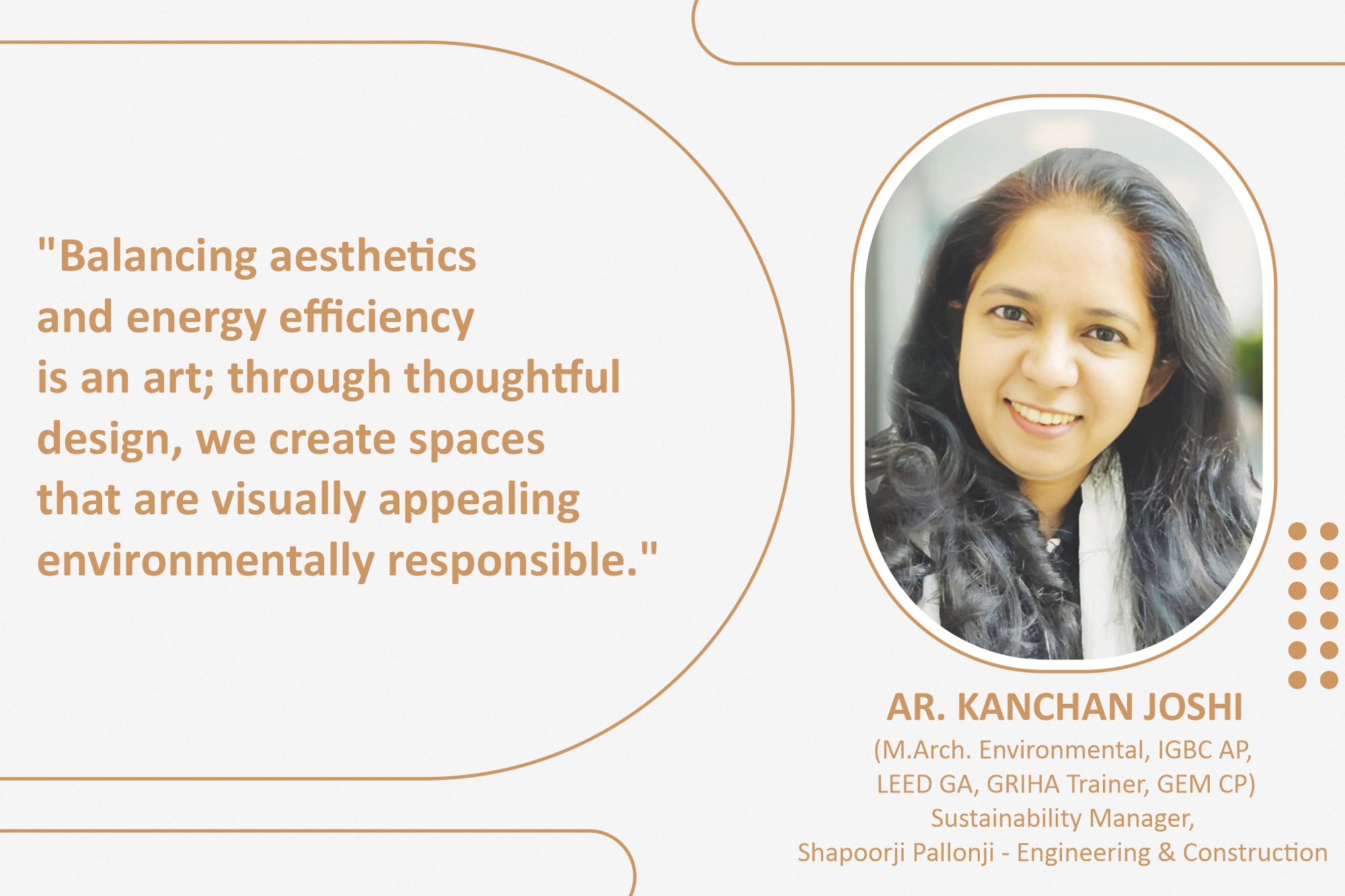
This conversation explores how to retain aesthetically pleasing functionality while implementing energy-efficient alternatives.
How do you incorporate passive design strategies, such as orientation and shading, to optimise energy efficiency in your building projects?
Orientation and shading play a vital role in achieving energy efficiency. In orientation strategies, the longer sides of the building should face east-west directions, creating buffer spaces like utility areas, lift shafts, staircases, and service areas. Shading devices are another factor that helps with energy savings. A proper shading device provides adequate shade on the fenestration or facade, reducing heat gain and glare inside the building. It also helps keep the inside temperature cool, indirectly reducing the cooling load on HVAC systems and leading to energy savings.
How do you address the balance between energy efficiency and aesthetic considerations in your architectural designs?
Balancing both is challenging for architects, but forms and shapes with different materials can create good shading and habitable spaces. Using local materials, eco-friendly materials, and vegetation/landscaping elements helps reduce building heat gain. Contemporary buildings can thus become energy-efficient without compromising aesthetics.
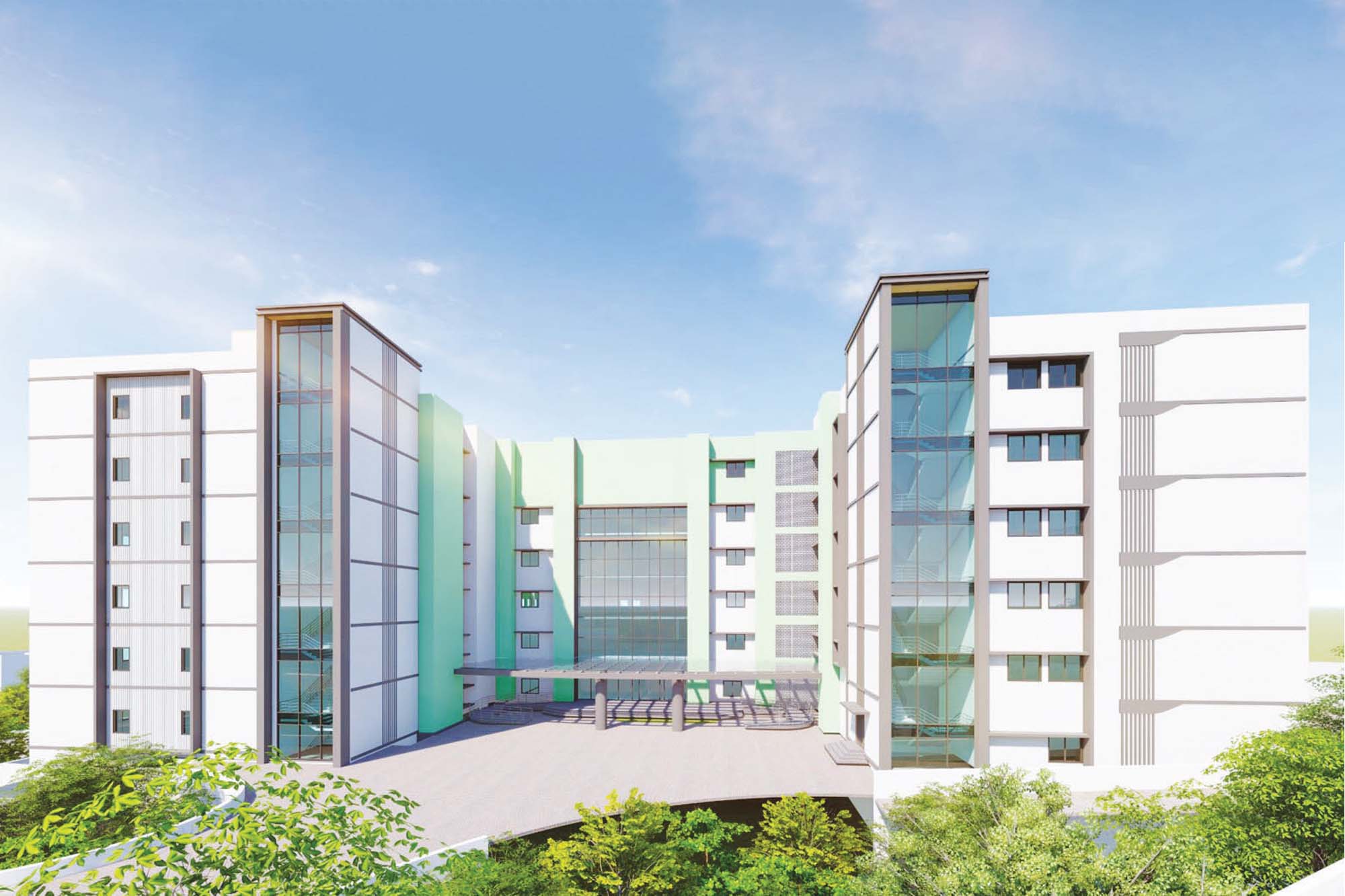
Can you describe your approach to optimising natural lighting in buildings to minimise the need for artificial lighting and enhance energy efficiency?
Being an environmentally sustainable architect or designer, one should remember that the building’s design should ensure habitable spaces receive ample daylight for the maximum number of hours in a day. This reduces dependency on artificial lighting, saves energy, and enhances the work productivity of users.
How do you approach selecting energy-efficient materials and technologies in your projects, considering both environmental impact and long-term energy savings?
In our projects, we select fly ash content building blocks, recycled content materials, and sustainable building materials. We primarily focus on local materials when possible. Providing good shading to the building helps select cost-effective façade glass, contributing to overall energy savings. Additionally, we focus on renewable energy generation on-site, on roof terraces, reducing heat gain and aiding in energy production.
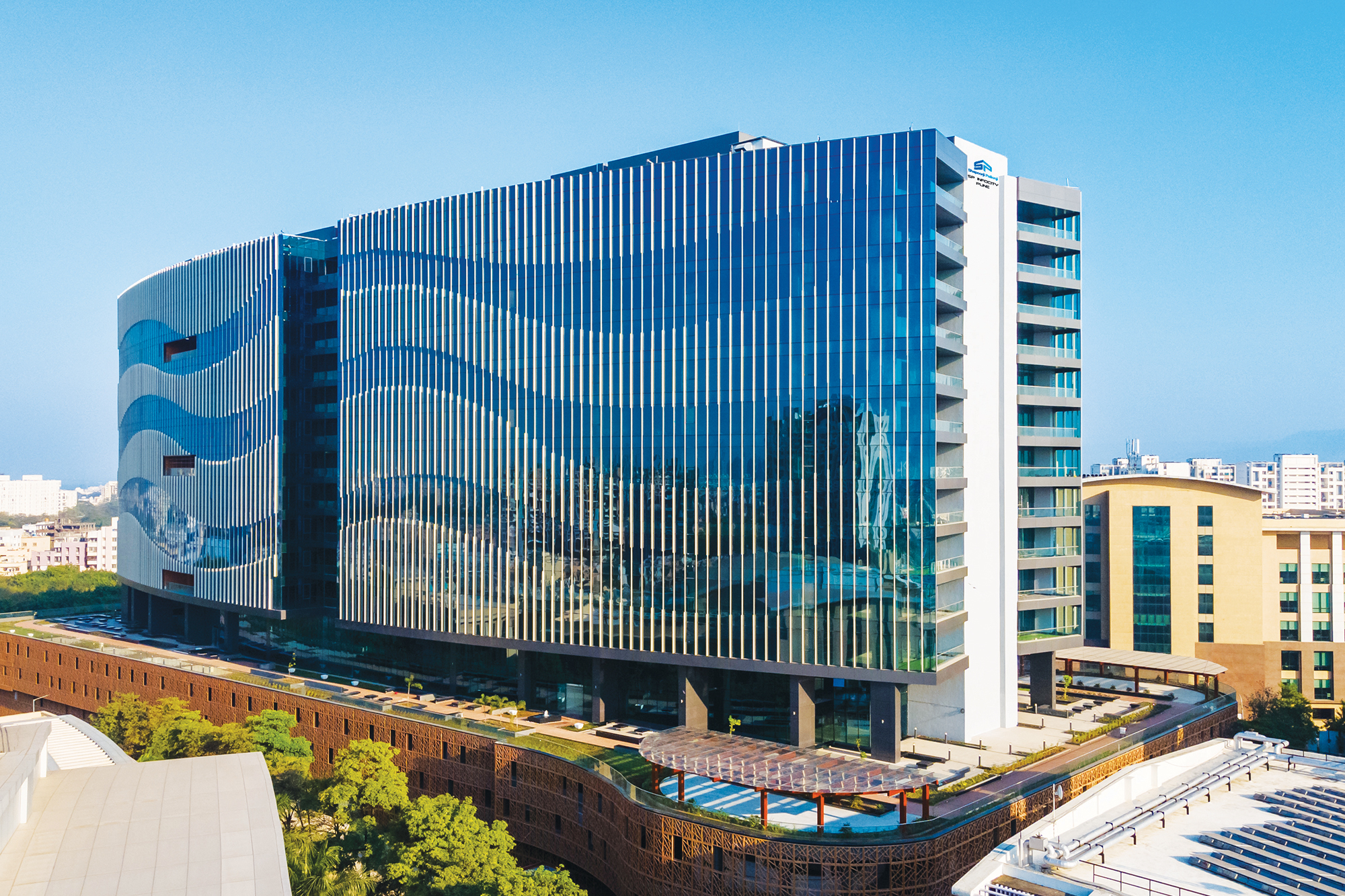
What design strategies and technologies do you prioritise in net-zero projects to achieve energy neutrality and reduce environmental impact?
The combination of passive and active design strategies helps in creating net-zero buildings. Strategies like natural/mechanical shadings, ample daylight use, on-site/off-site renewable energy generation, selecting BEE star-rated equipment and products, using sustainable building materials, and choosing energy-efficient lighting fixtures, motion sensors, and automated lighting contribute to energy demand reduction and achieving net-zero status.
For more info visit: https://shapoorji.in/
25
Cookie Consent
We use cookies to personalize your experience. By continuing to visit this website you agree to our Terms & Conditions, Privacy Policy and Cookie Policy.
